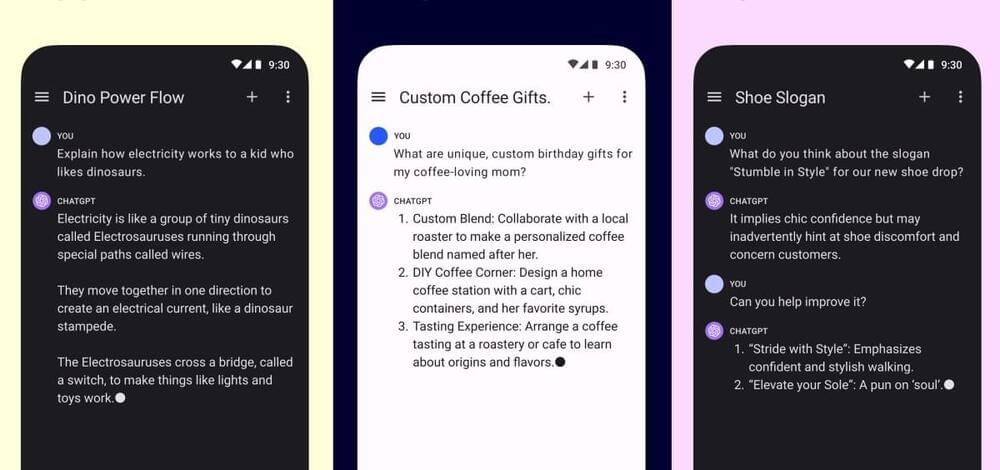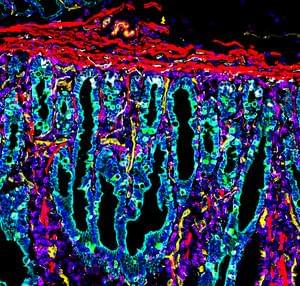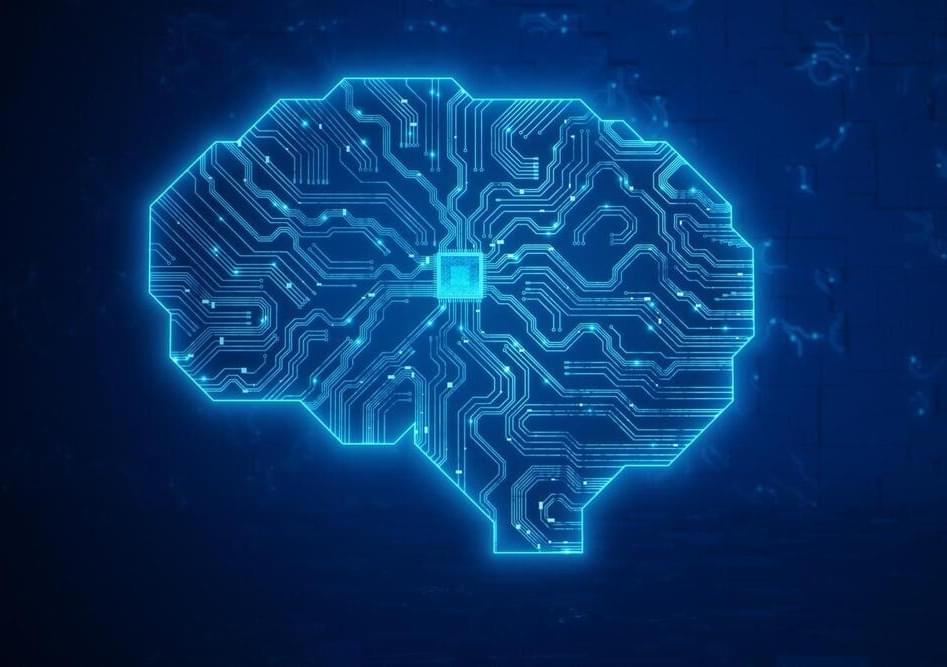I thought you could already use it through the web on your phone? In any case, I have an account in Windows under Chrome.
Two months after launching for iOS, ChatGPT is available to “pre-order” for Android users who want to take the ubiquitous chatbot on the go. If it’s anywhere as popular as the iPhone version, expect to see some big numbers over the next few weeks.
Of course any mobile user can access ChatGPT or other OpenAI tools via the web interface, but the superior experience of a dedicated app has proven extremely compelling, to put it lightly. iPhone users downloaded it half a million times in the first week, impressing everyone until Threads came along and blew it out of the water.
The ChatGPT app on Android looks to be more or less identical to the iOS one in functionality, meaning it gets most if not all of the web-based version’s features. You should be able to sync your conversations and preferences across devices, too — so if you’re iPhone at home and Android at work, no worries.







